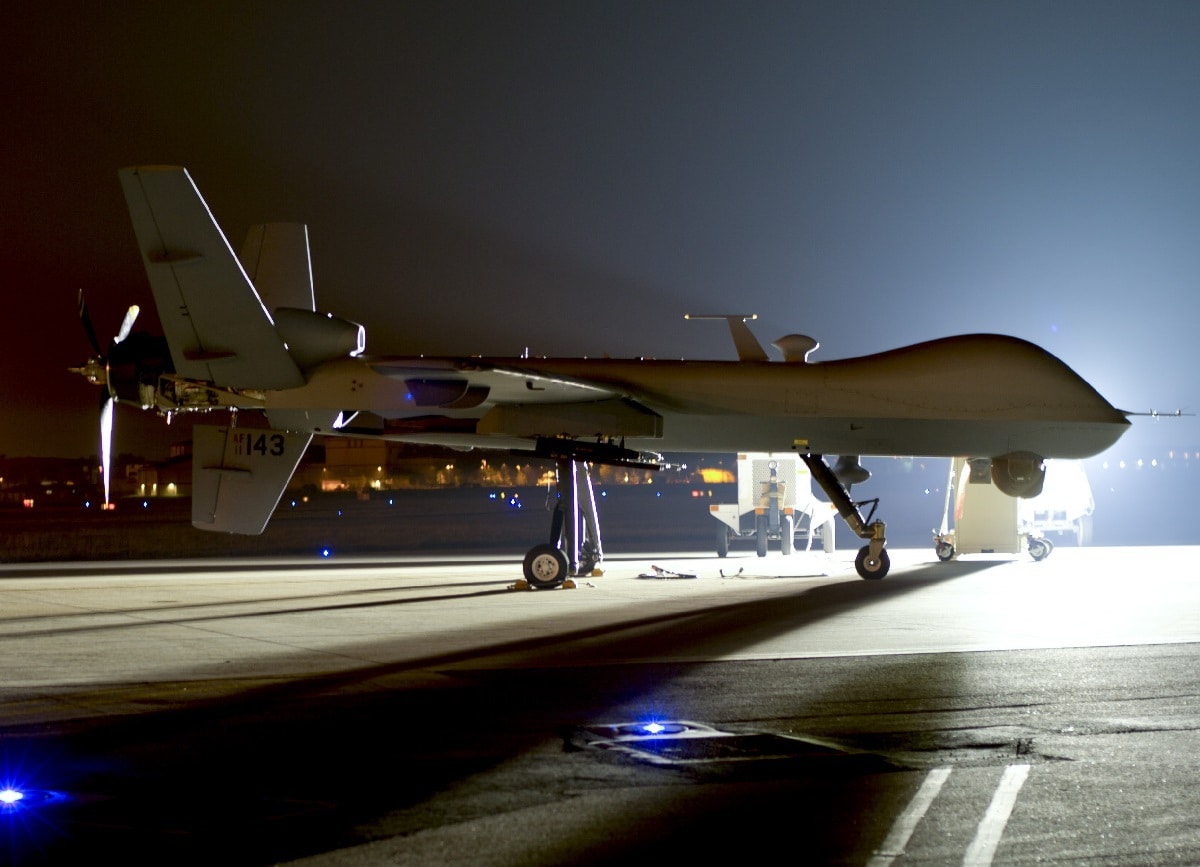Secretary of State Tony Blinken made the rounds on the Sunday shows, doing his best to deflect blame for the unfolding catastrophe in Afghanistan. In several interviews, assuring the American people the administration has a strategy to keep the American people safe from the predictable regeneration of the terrorist threat, Blinken twice referred to Yemen as an example of the over-the-horizon approach. President Joe Biden yesterday decided to make the same comparison yesterday, doubling down on those same widely repeated talking points.
Here are some basic reasons that should worry us. First and foremost, the size and scope of the terrorist safe haven in Yemen resulted in major terrorist activity. The Al-Qaeda affiliate there had enough freedom of movement they started an online magazine. From that haven flowed complex terrorist attacks, first in the Christmas Day bombing attempt over Detroit, prevented by passengers as the explosives took longer to ignite than anticipated, and then in an October 2010 plot to blow up cargo planes over U.S. soil, where a tip from Saudi intelligence allowed authorities to locate two planes with explosives on board and timers active.
Second, the United States had proxy forces on the ground in Yemen. The core elements of the over-the-horizon approach are drone strikes and proxy forces. In Afghanistan, our proxies just lost, and there is no evidence to suggest the Taliban will not exercise sovereignty over Afghanistan at least as cohesively as the deposed Western-friendly government.
Third, in each case where we’ve deployed the major over-the-horizon approach, we’ve had a presence in an immediately adjacent country or a nearby base. Saudi Arabia shares an eight-hundred-mile border with Yemen, and we have a number of bases from where we can reply rapidly. America has inked not a single regional basing agreement and is dependent on overflight rights from Pakistan. Further, we’re taking off from bases in the Middle East that are a four- or six-hour flight just to the border of Afghanistan.
Finally, the amount of denied access area is about to be massive. We can’t effectively deploy an over-the-horizon capability without running an effective intelligence network to know where to point our planes.
These are not the same calculations. This administration failed to plan appropriately our post-withdrawal posture.
Recognize the intelligence community leaders and generals we’re rightly chastising are the very people we’re trusting to now execute a harder CT mission: one with potentially wide swaths of denied areas, overflight rights dependent on Pakistan, and long response times for our drones.
And we’re relying on this president to make the calls, or non-calls, on airstrikes (our only remaining tool) when and if actionable intelligence arises.
Here’s what we need to do next, and in this order:
1. Get U.S. out.
2. Destroy U.S.-provided equipment in an air campaign.
3. Do whatever it takes to ink a regional basing agreement with a northern neighbor. Manas airbase negotiations in Kyrgyzstan a decade ago is an expensive but repeatable model.
4. Establish public parameters for intervention regarding the counterterrorism risk that will trigger intervention.
The American people deserve clarity on what markers of terrorist activity will elicit a response from the administration. The administration should identify any conditions outside of imminent or advanced attack planning in which they’ll intervene. They should identify the markers of terrorist activity that might pose a threat to the homeland, and whether or not they’ll seek to disrupt group operations or simply respond to explicit, actionable intelligence on a homeland attack.
But if we think the over-the-horizon model will work the same way it has in other environments, we’re in even more trouble than we thought.

